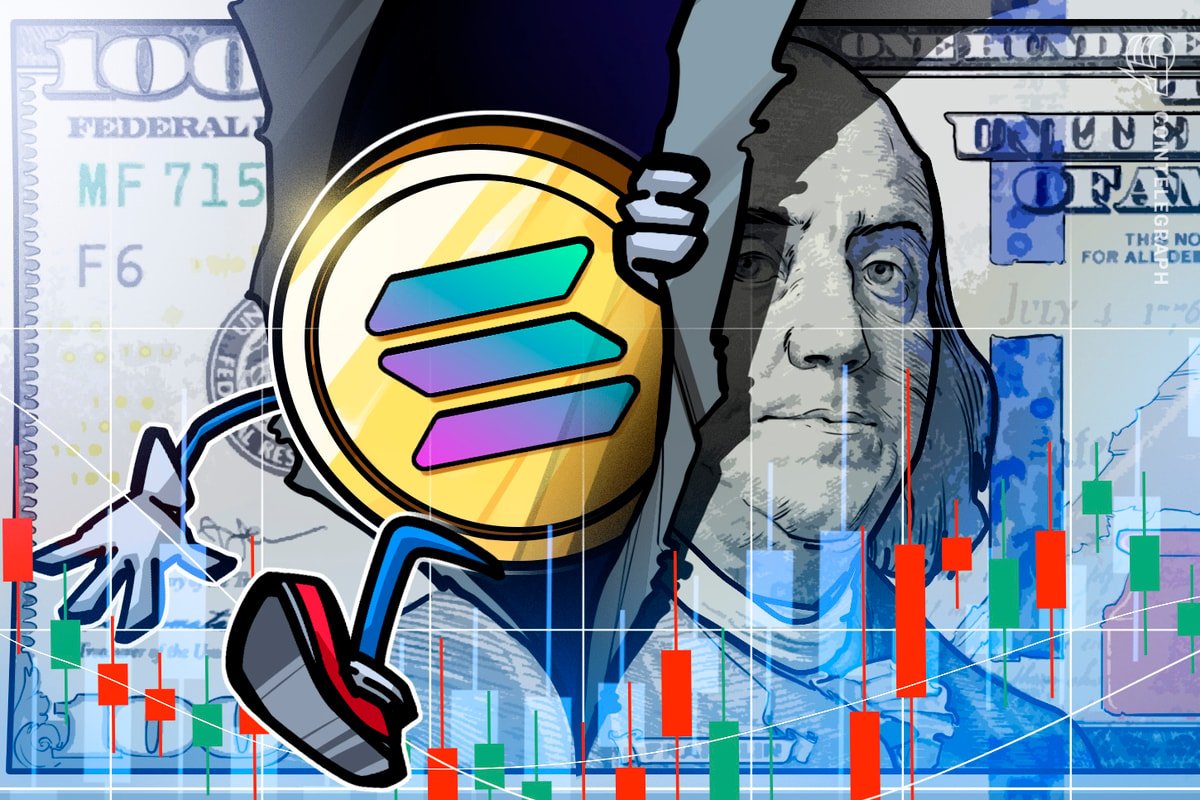
Opinion by: Lucas Kiely, CEO of Future Digital
Crypto’s most significant issue is that it lacks the type of quantifiable value that traditional stocks possess, which makes it entirely speculative. On top of that, investors can leverage trades in a way that can tank billions of dollars overnight.
Industry diehards behind the technology argue that blockchain’s innovative infrastructure is what gives it value. Yet there’s very little evidence that this translates into real, tangible gains for tokenholders.
Professional investors entering from traditional finance often struggle with this. There is no price-to-earnings ratio to follow for a token, no supply chain to monitor and, really, nothing tangible at all. This is what makes crypto unique among all other asset classes: It is driven entirely by sentiment — often, highly unpredictable sentiment.
Crypto is a reflection of the power of a truly free market. Bitcoin (BTC) may be the only exception because it has a finite supply, and sophisticated, institutional investors increasingly dominate its ownership. Yet most crypto tokens rise and fall in a way that is extremely difficult to predict and are driven primarily by traders.
Confidence, access and unlimited leverage
One might argue that the valuations of many stocks aren’t grounded in real value, either. Indeed, valuations of tech stocks such as Apple, Meta and Nvidia have been stretched for some time. Yet beyond the high price tags, companies still have fundamentals to fall back on: earnings, cash flow, supply chains and products. Most digital assets don’t.
Related: History tells us we’re in for a strong bull market with a hard landing
At the same time, though, crypto holds the promise of life-changing returns, and sometimes, they materialize. Seeing these success stories immortalized onchain and broadcast across social media platforms means no investor can ignore the now $4.3-trillion market. In the largely unregulated world of crypto, however, investors often act irrationally and make big mistakes.
Often, this comes in the form of leverage. Of course, leverage isn’t a new concept in the investment world. Retail investors can employ leverage in traditional finance, but it is regulated. For example, the US Financial Industry Regulatory Authority rules cap retail margin accounts at 2:1 leverage on equities; forex trading on leverage is only available through specialist platforms and subject to strict caps; and derivatives are predominantly the realm of qualified investors.
A house of cards
In crypto, meanwhile, any investor can easily trade 100x leverage or more directly on exchanges. Today, more than ever — because the world’s biggest institutions are now invested in the crypto space — this is a huge issue. This leverage-free-for-all causes cascading liquidations that wipe out billions of dollars in value from the digital asset market, often in a matter of hours, if not minutes.
Consider the mass liquidation event we witnessed at the end of September 2025 and during early October 2025. In the former case, over $1.8 billion in leveraged positions was wiped out, in the latter over $19 billion in a matter of hours. While speculation is rife on the true cause of the latter, what is clear is that leveraged long positions got caught in a cascade of liquidations when sentiment turned.
Some astute traders undoubtedly profited from this spike in volatility. Most crypto investors, however, would have been stopped out of their positions before they even thought to log in to their trading accounts. In crypto, these mistakes hit much harder than in traditional finance because there are few rules. These positions crumble like a house of cards when the market direction turns, and they take billions with them.
Let’s get smarter, faster
Crypto is evolving. We now have the world’s most prominent asset managers involved and a much friendlier regulatory environment worldwide. What it still lacks, though, are the types of protections that can prevent enormous market events in an instant.
Much of this has to do with the ability to leverage without limits, unrealistic expectations and the entry of institutions that can now move the market with a single trade. Every crypto investor must start treating the market more seriously. The people who made millions on Bitcoin were lucky, and we all know people who lost more on Dogecoin (DOGE) than they didn’t.
Overconfidence — and over-leverage — are considerable risks to the industry now that it has matured and giant fish are circling. Every investor needs to take a much more systematic approach that recognizes this new reality.
Opinion by: Lucas Kiely, CEO of Future Digital.
This article is for general information purposes and is not intended to be and should not be taken as legal or investment advice. The views, thoughts, and opinions expressed here are the author’s alone and do not necessarily reflect or represent the views and opinions of Cointelegraph.














Leave a Reply